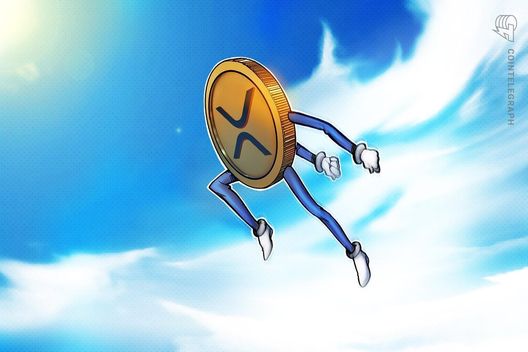- World Liberty Financial just bought 3,473 ETH for $13 million.
- The Ethereum (ETH) was staked on Aave to earn DeFi yield.
- WLFI coin launch expected within six to eight weeks.
In a bold move that underscores its deepening involvement in decentralised finance, World Liberty Financial has acquired 3,473 ETH valued at $13 million.
The acquisition was followed swiftly by staking the assets on Aave, a leading DeFi protocol.
This strategic manoeuvre not only strengthens the firm’s crypto position but also signals its intention to actively participate in Ethereum-based income-generating platforms.
The $13 million ETH staking deepens World Liberty Financial’s DeFi strategy
The purchase, executed through multiple wallet addresses, was conducted at an average price of $3,743 per ETH, according to blockchain data from Arkham Intelligence reported by Lookonchain.
Following the latest purchase, World Liberty Financial’s total ETH holdings now stand at approximately 73,616 ETH, which is currently valued at around $275.9 million.
Trump’s World Liberty(@worldlibertyfi) just spent 13M $USDC to buy 3,473 $ETH at $3,743 again!
World Liberty has bought a total of 73,616 $ETH($275M) at an average price of $3,272, with an unrealized profit of $33M+.https://t.co/0qWkRUhTQb pic.twitter.com/WG1zpl3PJC
— Lookonchain (@lookonchain) July 23, 2025
The move comes amid a period of renewed institutional interest in Ethereum, with World Liberty Financial positioning itself firmly among the major players betting big on ETH.
Once acquired, the ETH was promptly staked on Aave, one of the largest decentralised lending and borrowing platforms in the DeFi space, indicating a clear strategy to go beyond holding crypto assets passively and instead generate yield through DeFi staking.
Ethereum (ETH) rallying as institutional inflows rise
World Liberty Financial’s timing appears calculated, especially seeing that the ETH market has witnessed notable inflows recently, particularly from institutional investors.
Sharplink Gaming, another company with strong crypto ties, recently added $250 million worth of ETH to its holdings, pushing its total ETH portfolio to a staggering $1.3 billion.
This reflects a wider sentiment shift, with Ethereum emerging as the digital asset of choice for institutions looking to capitalise on its long-term potential.
On the derivatives front, spot Ethereum ETFs registered a net inflow of $533.9 million on July 22 alone. In contrast, spot Bitcoin ETFs saw a $67.9 million net outflow during the same day.
This shift in institutional preference likely contributed to Ethereum’s growing appeal among strategic investors like World Liberty Financial.
At the time of the acquisition, Ethereum (ETH) was trading around $3,686, with prices fluctuating between $3,650 and $3,758 in the past 24 hours.
Over the last seven days, ETH has gained 16%, with a 62% surge over the past month.
Notably, Ethereum’s strong market performance is helping boost the valuation of crypto portfolios heavily exposed to the asset.
WLFI coin launch set to follow
This aggressive ETH accumulation is not happening in isolation. World Liberty Financial is also gearing up to launch its native WLFI coin.
According to a statement by the project team, the WLFI token will begin trading within the next six to eight weeks.
The project emphasises that the launch is being carefully timed and backed by strategic partnerships, smart coin unlocking mechanisms, and broader ecosystem planning.
The WLFI coin is expected to serve as a key pillar in the company’s broader crypto ambitions.
By combining Ethereum (ETH) staking strategies with an imminent token launch, World Liberty Financial is signalling its intent to compete at a higher level within the DeFi and digital asset space.
The post World Liberty Financial acquires 3,473 ETH, stakes it on Aave appeared first on CoinJournal.



